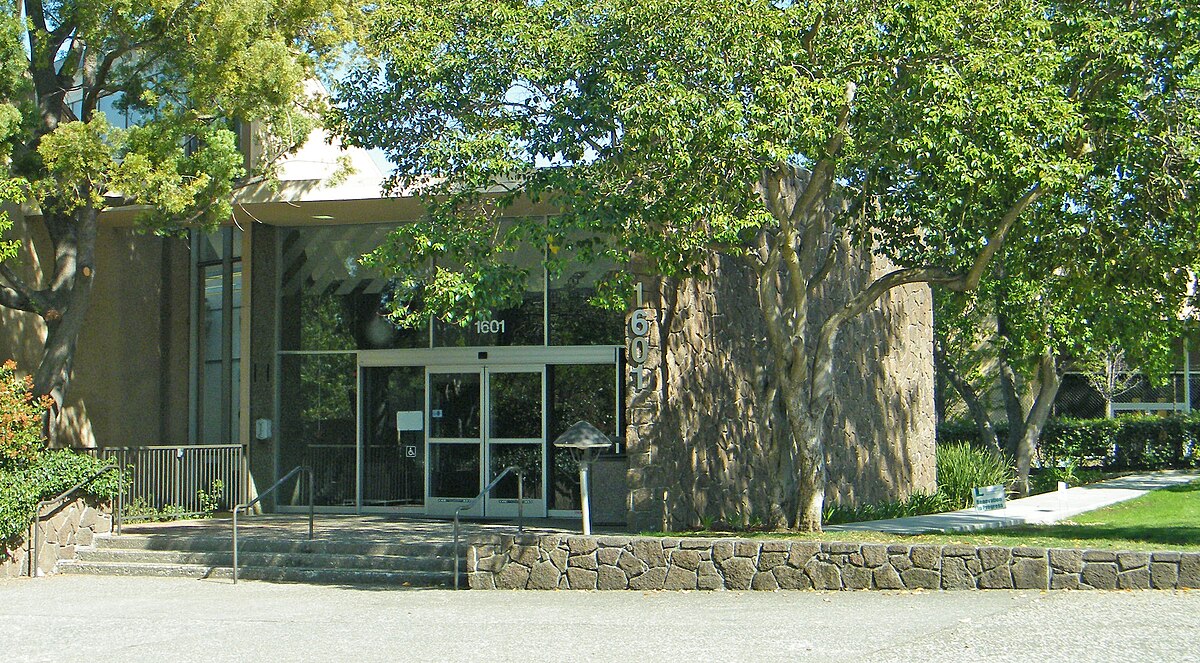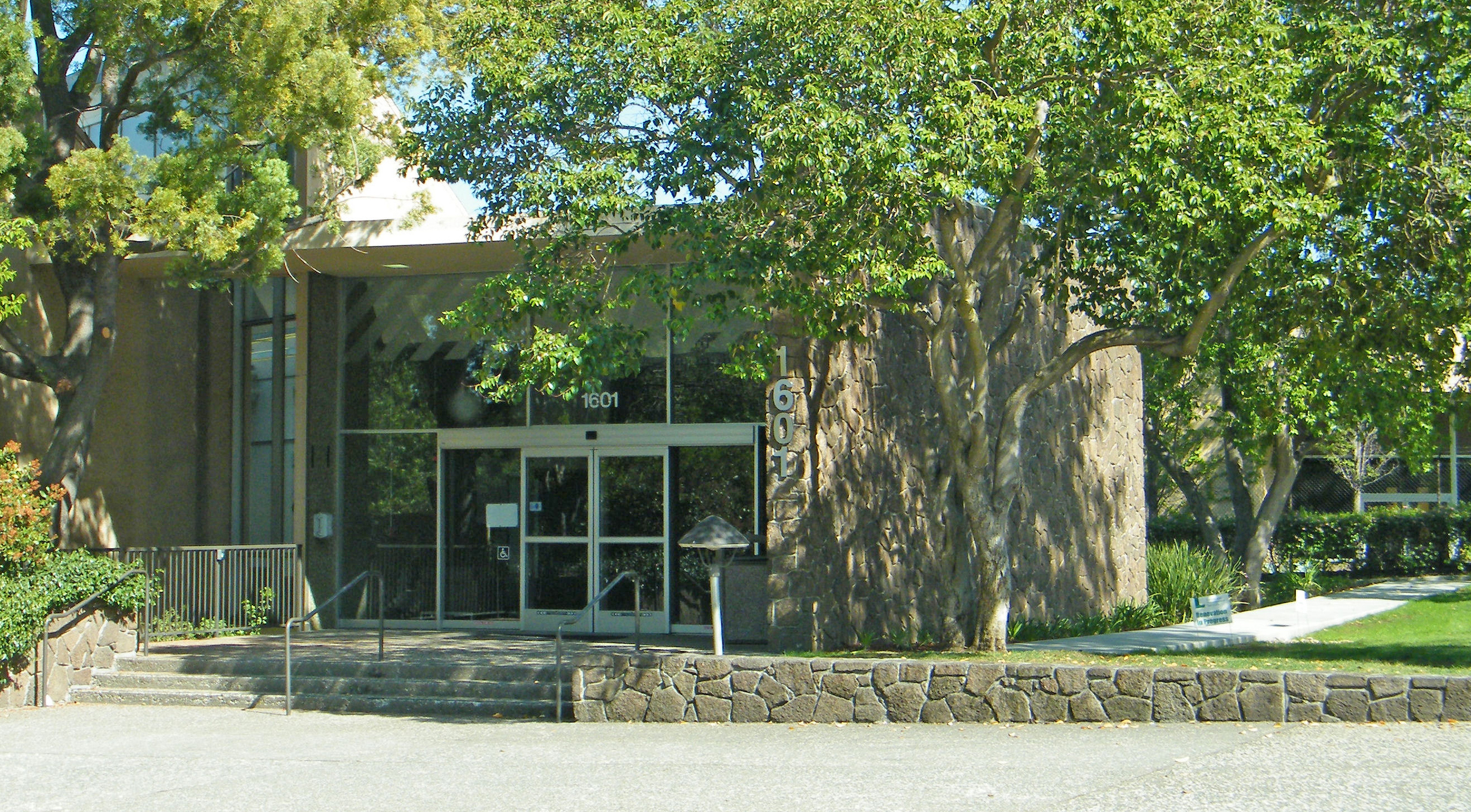
Stanford Research Park: The Birthplace of Silicon Valley
Stanford Research Park: The Birthplace of Silicon Valley
Stanford Research Park (SRP), established in 1951, is widely regarded as the world's first university research park and a cornerstone in the development of Silicon Valley. Located in Palo Alto, California, SRP was a joint initiative between Stanford University and the City of Palo Alto, designed to foster innovation and economic growth.
Origins and Early Development
After World War II, Stanford University faced financial difficulties. To address this, Stanford Provost and Dean of Engineering Frederick Terman proposed the creation of a research-focused business park on university land. The idea was to attract high-tech companies that could collaborate with the university, generating income for Stanford and tax revenue for Palo Alto. The park initially began with 209 acres and was named Stanford Industrial Park.
The first tenant, Varian Associates, moved in in 1953. Hewlett-Packard (HP) followed in 1956, establishing its world headquarters in the park. By the 1960s, the park had grown significantly, housing 40 tenants, and by 1985, it had expanded to over 100 tenants. The name was changed to Stanford Research Park in the 1970s to emphasize the focus on research and collaboration between the university and tech companies.
Catalyst for Silicon Valley
Stanford Research Park played a pivotal role in the rise of Silicon Valley. Frederick Terman's vision of close ties between academia and industry attracted major tech companies like Lockheed Martin, General Electric, and Bell Labs. The park became a hub for innovation, with companies like Xerox PARC and Steve Jobs' NeXT Computer contributing to technological advancements.
The park's success inspired other universities to establish similar research parks, including Arizona State University, the University of North Carolina at Chapel Hill, and Rice University. By the 1980s, Silicon Valley had become synonymous with technological innovation, and SRP was at its epicenter.
Modern-Day Impact
Today, Stanford Research Park spans 700 acres and houses over 150 companies, including Tesla, VMware, and SAP. It employs approximately 29,000 people and continues to be a major economic driver for the region. In 2016, SRP contributed an estimated $775 million to Palo Alto's economy and $2.4 billion to Santa Clara County.
Despite the challenges faced by suburban office parks nationwide, SRP has remained a thriving hub of innovation. Its influence on urban planning and development, however, has also contributed to Palo Alto's jobs-housing imbalance, with the city's ratio of jobs to housing far exceeding the national average.
Legacy
Stanford Research Park's legacy as the birthplace of Silicon Valley is undeniable. It transformed a region once dominated by orchards into a global center of technological innovation. As Varian Associates once described it, SRP is "the most successful complex of its kind in the world."

